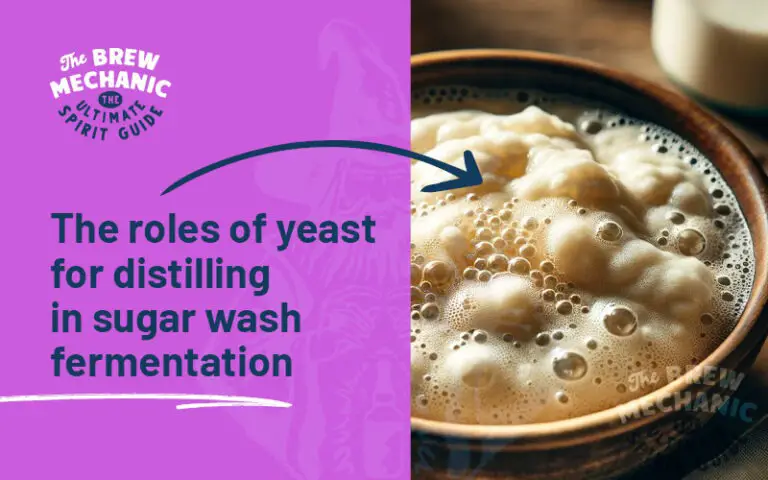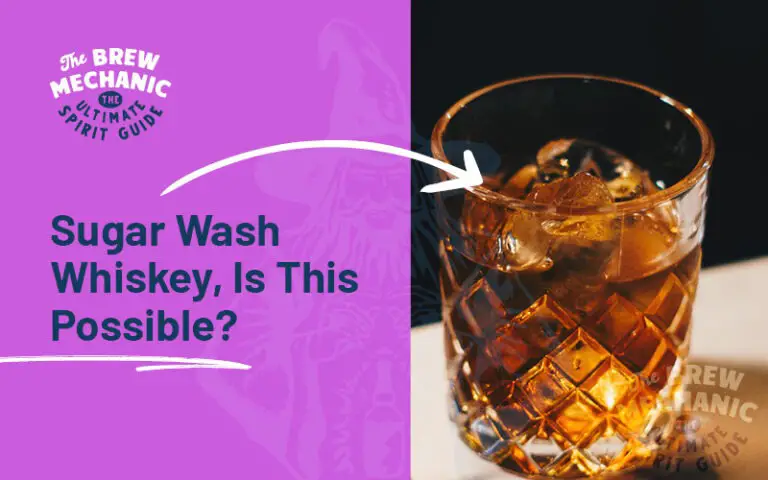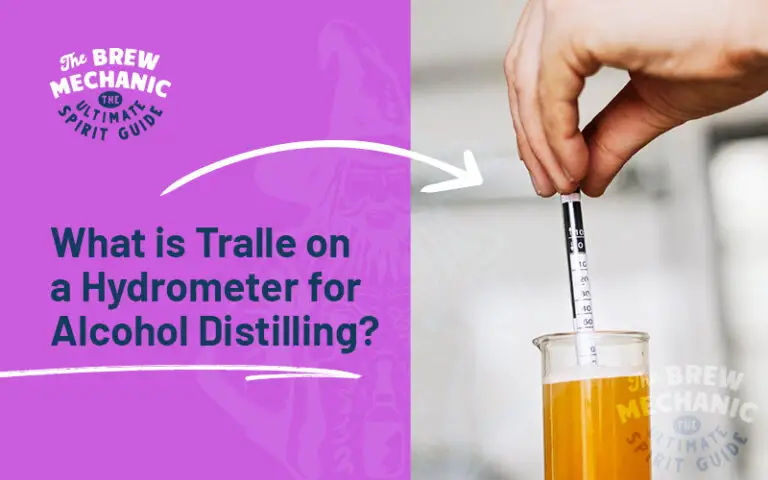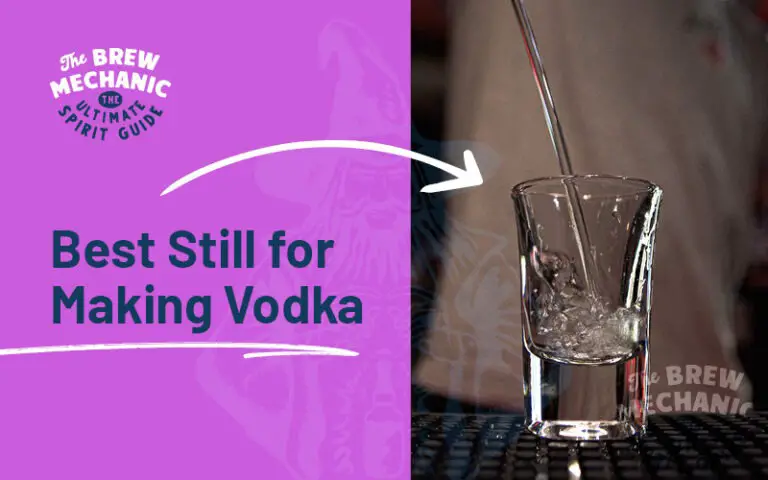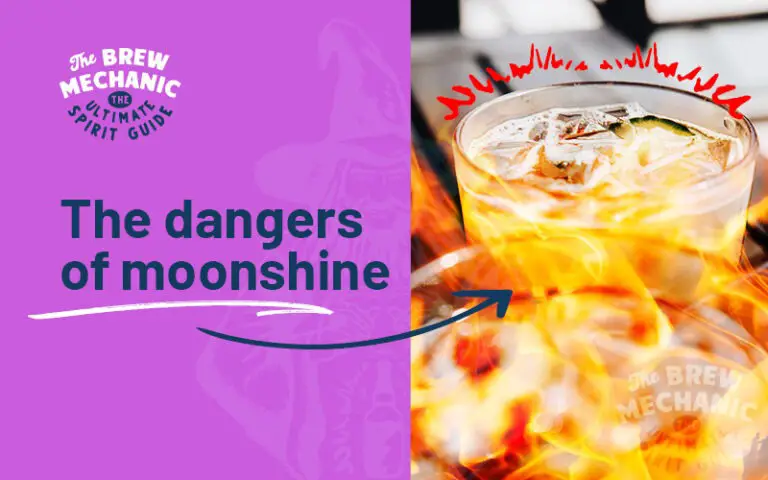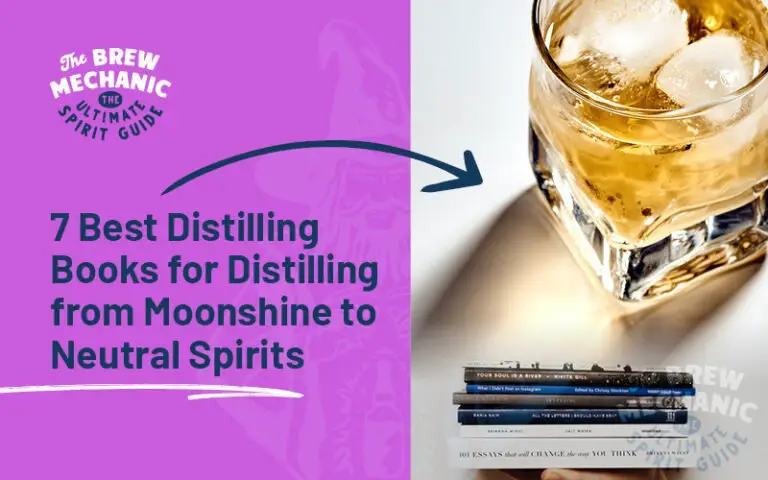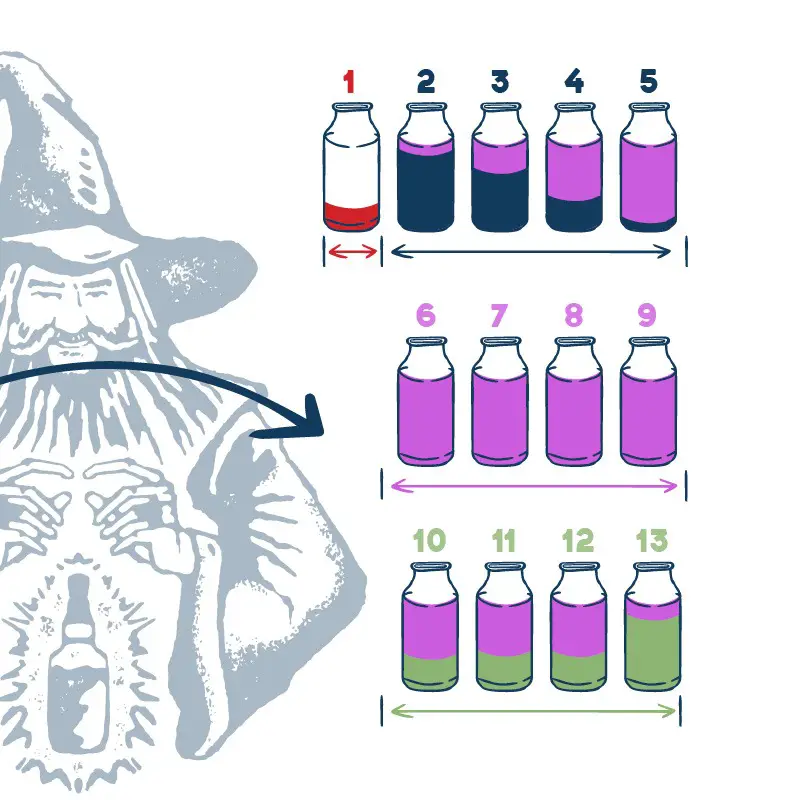The guide to reflux still cuts / fractions during distillation to make cuts
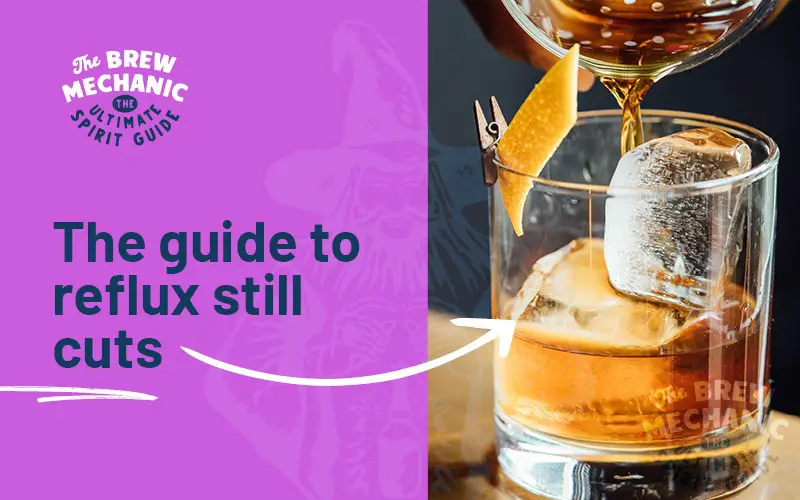
Disclaimer: This post might include affiliate links, through which I may earn a small commission without any extra cost to you. Additionally, I am an Amazon Associate and earn from eligible purchases. All the products and services I suggest are ones I have personally used or would use. Thank you very much for your support if you decide to buy through any of my links!
Come join the Distilling Squad!
Get the best fundamental tips & tricks here. Woohoo!
This route is aimed at the novice distiller showing you that it is very important to understand the importance of reflux still cuts, temperature and pressure they boil off at sea level or inland. There is no or very little pressure in the DIY system so you only rely on temperature and reflux control to make cuts.
What are reflux still cuts fractions in DIY alcohol column distillation first:
What is the difference between a fractionator and a distilling column?
Fractional “distillation” is the process where foreshots, heads, water & hearts and tails are separated by temperature with different boiling points into different parts in a distillation column. These steps can be sorted into:
How does the process (DIY) help you with this?
- The racked fermented clear liquid is transferred to the kettle from the fermenter and is made up of water, foreshots, heads, hearts, and tails.
- The height and width of the still column play a big part in the process.
- The ethanol water mixture is an Azeotrope. What this means is to get 4 > 6% of water in the ethanol after a distilling.
- The heating of the system applies to if you have 1 or 2 heating elements.
- You start the process by controlling the Volt meter (at 40%) > the hot vapor path up the distilling column slowly from the kettle. No reflux on. The various fractions will automatically 56 > 77.5°C (132.8 > 171.5°F) boil off at the different temperatures and boiling points, it is a fact. The bad stuff, is possibly methanol depending if it is mash.
- At this stage, you bypass the parrot making sure no smearing of products. Direct into Jar 1 / 2.
- The first fractions to come off will be foreshots (50ml) and heads (50 > 150ml) with a small percentage of good alcohol. The alcohol smell starts at 56°C (132.8°F) as it exits the condenser. A good distiller can separate these fractions into jars 1 & 2. Collect the foreshots and discard the foreshots as per the reflux still cuts chart.
- After 10 to 15 minutes keep the temperature constant at 78 > 79°C (172.4 > 174.2°F) with no reflux. Distillate boiling over will slow down to stop. What this tells you is that the ranges from 56 > 77.5°C (132.8 > 171.5°F) are out of the column and kettle. All this is done by simply knowing the boiling points and temperature ranges. You lose a little bit of Ethanol this way. Better safe than sorry.
- The split is again made by smell and taste.
- Your taste and smell will tell you when to swap to the hearts into jar 3. Now route the ethanol through the parrot with continuous ABV monitoring using an alcohol hydrometer. Range 90 > 95% ABV.
- The next step is to increase the temperature via the volt meter to 75% almost immediately you will notice an increase in the flow of distillate boiling over. Now start the reflux pump and control the reflux outlet water at 45°C (113°F) till the column is balanced.
- Now the fun starts to balance the system.
Foreshots/heads
Temperature range 56 > 77.5°C (132.8 > 171.5°F) depending on where you live.
This part is a bit confusing as often when they discuss this they start with foreshots, hearts and tails. What has happened to the heads section of the cut? I do agree with the statement as there is a fine line between foreshots and heads. A good brewer can separate this but for a novice, I would say lump both the foreshots and heads as one cut.
The foreshots cuts cannot be recycled but must be dumped. In a sugar wash, you will NOT get the same percentage of volatiles as a mash but it is good practice to dump the first amount boiled over to waste.
| Acetone | 56.6°C or 133.8°F |
| Methanol | 64°C or 147.2°F |
| Ethyl Acetate | 77.1°C or 170.8°F |
Hearts
Temperature ranges from 78 > 82°C (172.4>179.6°F) depending on where you live.
The swap from heads to hearts is done by taking off 50 to 100ml, which can be more as you will be the judge of that based on the smell and taste. Control of this is by temperature, reflux and ABV. This part of the liquid should be 90 > 95% ABV
| Acetone | 56.6°C or 133.8°F |
| Methanol | 64°C or 147.2°F |
| Ethyl Acetate | 77.1°C or 170.8°F |
| Ethanol Range | 78.3 > 81.5°C or 172.9 > 178.7°F |

Download our Reflux still Cuts Chart here
Yes I want this epic PDF plus get tips and tricks! You will be joining our distilling mail list. 🙂
TAILS
Temperature ranges from 82°C (179.6°F) depending on where you live.
When do the tails start to happen? Easy the ABV will start to drop with an increase in temperature. The other telltale is a slight oily film on the top of the distillate.
You must do a potential alcohol test (OG – FG x 131.25) How this will help you is to tell you when to swap from the hearts to tails.
To be safe switch early into small containers say fill to 20 to 30%, and fill up a number of these containers so you can grade this back into the hearts after the volatiles are out of the container. The tip outlet of the jar fit a loose mutton cloth for volatiles out (shaking the jar helps) and no bugs in.
For example on a 25 liter batch @10 % ABV you should get roughly 2.5 liters of good alcohol. Swap to small containers after 2 liters for grading later on. The only way to get tails out of your hearts is to re-run the batch with a new one. Waste of time.
| 2 Proponal | 82°C or 179.6°F |
| 1 Proponal | 97°C or 206.6°F |
| Fuesel oils | 94 > 95°C or 201.2 > 203°F |
What to do with the tails after distilling?
The distillate at this point is called “tails”, and has lower amounts of alcohol in the liquid. In this section of liquid you get bad aromas, and taste due to fusel alcohols (higher BP) coming over in the still.
Just like the heads, tails will either be disposed of or redistilled to collect more alcohol.
Temperature ranges for stripping on a reflux still
| Acetone | 56.6°C or 133.8°F |
| Methanol | 64°C or 147.2°F |
| Ethyl Acetate | 77.1°C or 170.8°F |
| Ethanol Range | 78.3 > 81.5°C or 172.9 > 178.7°F |
| 2 Proponal | 82°C or 179.6°F |
| 1 Proponal | 97°C or 206.6°F |
| Fuesel oils | 94 > 95°C or 201.2 > 203°F |
When do you stop your reflux still?
DIY you should stop your still once the temperature goes above 82.5°C (179.6°F) depending where you live and not able to control it with reflux and the ABV starts to drop below 85 ABV.
This is your choice but put this section into small containers for you to grade later on. Don’t get tails into your hearts.
Our simple guide to making cuts on a reflux still
We hope to make it clear how to make cuts when distilling with a reflux column still. Our PDF is downloadable with simple instructions on the temperature ranges during the reflux distillation.
Once you understand your type of still then you will make good cuts for home distilling. These principles are very important for reflux still cuts. We wish you the best in your distilling journey to have an epic final product.
Last Updated on Sep 14, 2023 by The Brew Mechanic
Disclosure: I may receive affiliate compensation for some of the links below at no cost to you if you decide to purchase a product or service. You can read our affiliate disclosure in our privacy policy. The information provided is for entertainment only.

With 35 years of knowledge of being a chemical engineer in alcohol manufacturing plants, my mission is to teach the next generation of home distilling alcohol brewers at a supernatural speed.
My reviews are based on real-life experiences with reflux stills, sugar wash, troubleshooting and mystical chemical reactions.
Download of Distilling Cuts Chart here
Yes I want this epic PDF plus get tips and tricks! You will be joining our brew journey mail list. 🙂

